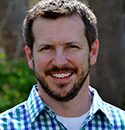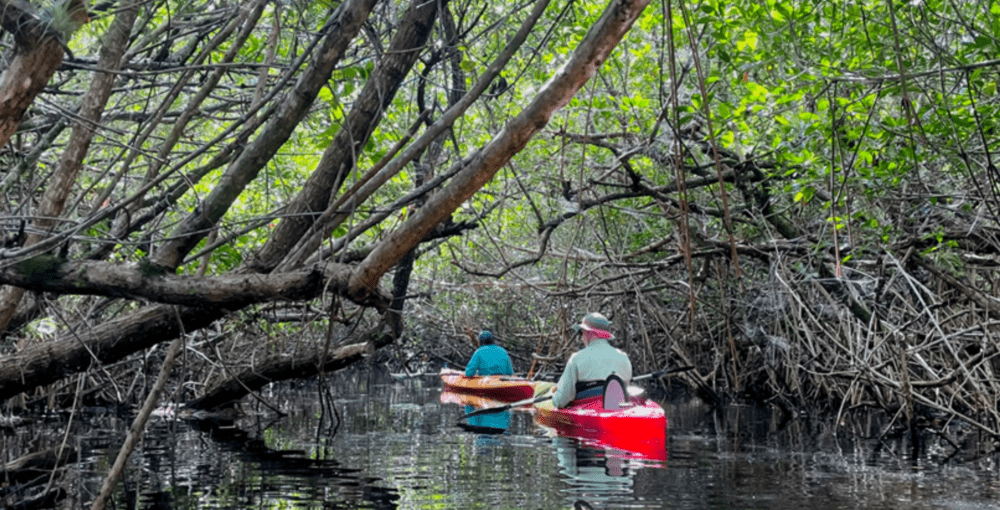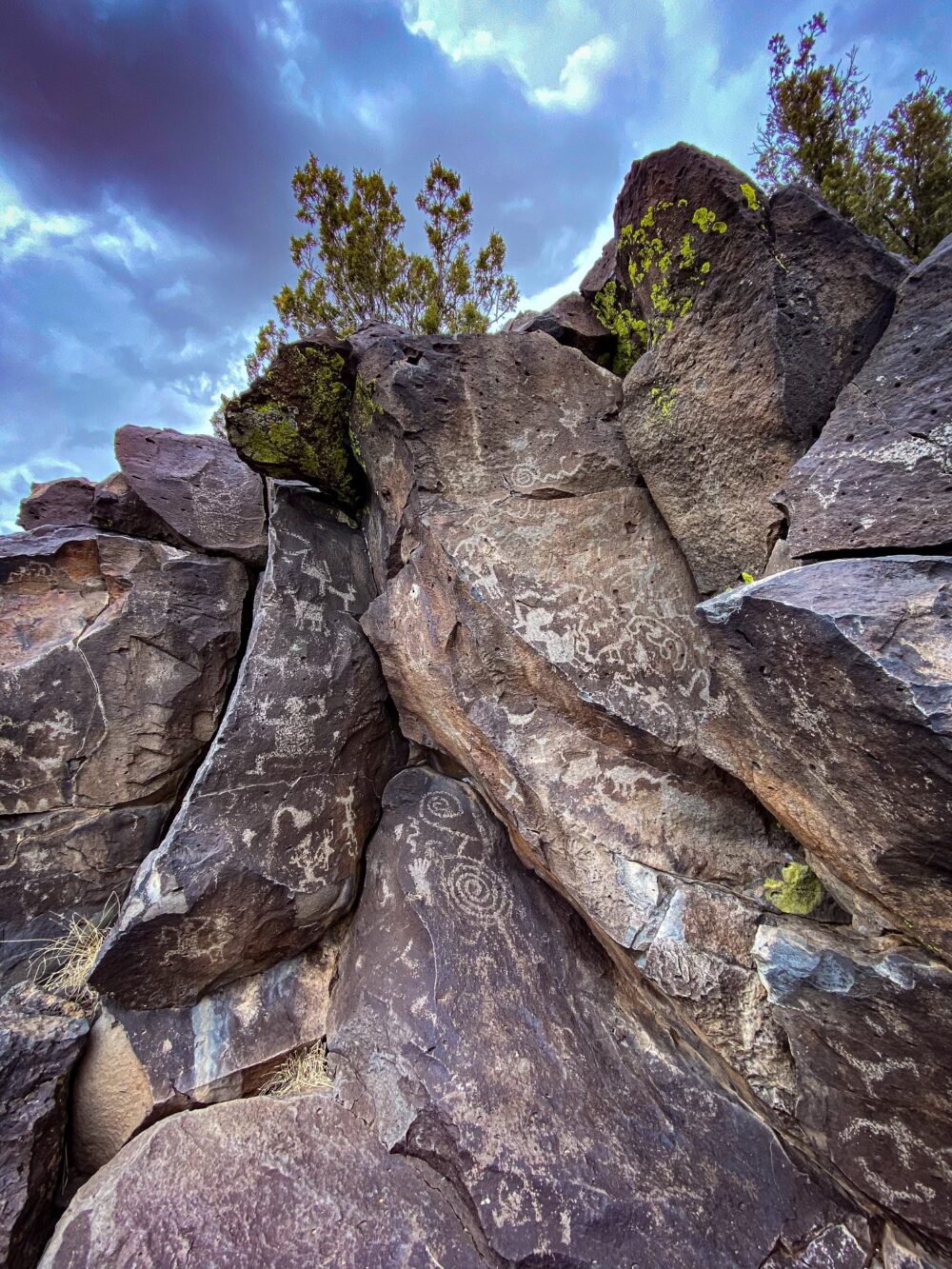We have much more to do and your continued support is needed now more than ever.
Renewable Energy Saving Lives in Afghanistan

The Wall Street Journal today reports on efforts to make U.S. troops safer by reducing dependence on fossil fuel-powered generators and batteries:
Batteries make up as much as 20% of the weight of the 100 pounds of gear a Marine infantryman typically carries. A Marine uses four times as much fuel as his counterpart did in the early 1990s—due to, among other things, laptops and other electronic gear that use electricity pumped out by portable generators.
Some 30% of all fuel trucked into Afghanistan—at great risk—goes to power those generators, at a time when roadside bombs remain the most dangerous weapon faced by allied troops.
While the U.S. military has been seriously studying renewable energy since at least 2001, the impetus for change was the high casualty rate on fuel convoys in Iraq and Afghanistan. Mr. Mabus told Congress last year that one U.S. servicemember is wounded or killed for every 24 fuel convoys.
When portable solar panels take the place of fossil fuels, lives are saved in several ways:
- Fewer fuel convoys mean fewer chances of deadly attacks
- Lighter packs make for more mobile Marines
- Freed-up power & space allows Marines to carry more protective gear
One of the keys has been that the Marines aren’t sitting around for a pie-in-the-sky breakthrough – they’re taking a pragmatic approach and applying solutions as they come online. “The Marine commandant made it clear—he’d rather have an 80% solution today than a 100% solution somewhere down the road,” Col. Bob Charette told the WSJ.
And it’s not just U.S. troops being helped by renewable energy. The photo here shows Cpl. David T. Bernabe, a combat engineer with Brigade Headquarters Group, Marine Expeditionary Brigade-Afghanistan, installing a solar-powered water purification system. The water purification system can filter 60 gallons of water per minute, providing clean, safe drinking water in an arid region where water that’s available is often contaminated with bacteria.





















